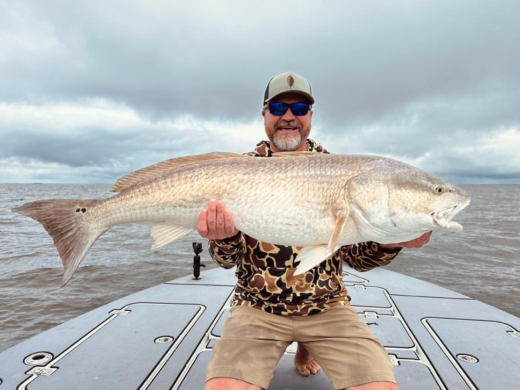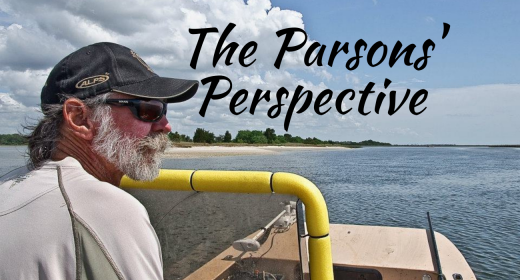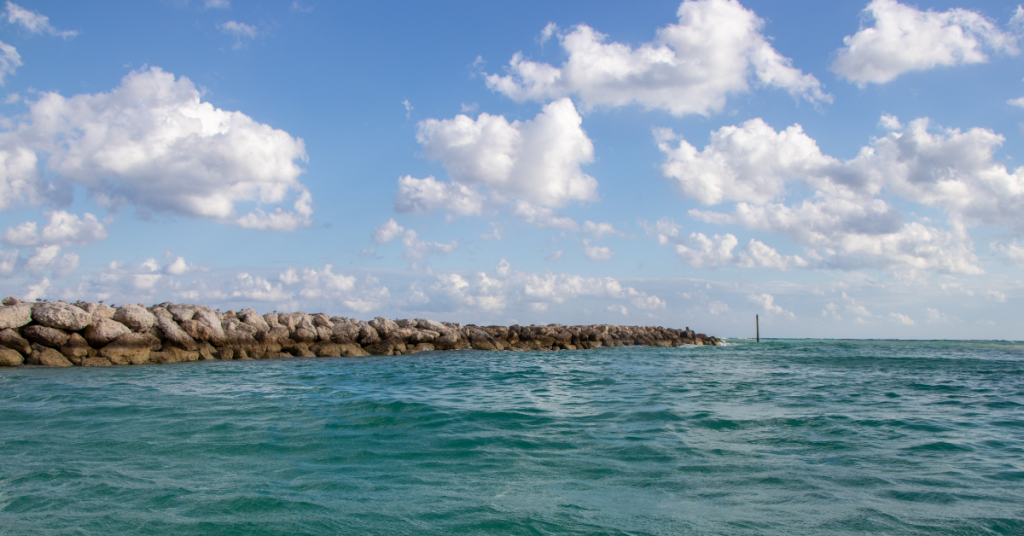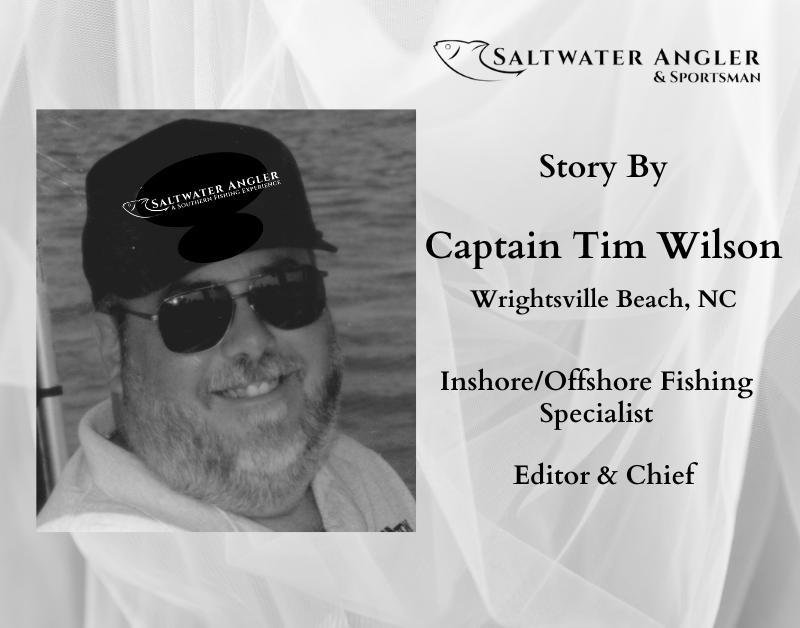Jetty Fishing For Monster Fall Redfish
What You Need.
Let’s start with the rod. I found that the best rod to use is a medium-heavy action, 7 1/2-foot rod with a larger size reel due to both the rocks and the larger fish that I know I’ll catch. The stiffness of the rod allows me to make sure that the fish has taken the bait and hooked before I set the hook. With a light rod, many times I would try to set the hook prematurely. I like to use a 50# test mono line, about 10-12 inches long for my leader with a 30# braid line on a 2500 reel. I use the heavier leader in the event I have to horse the fish out of the rocks.
When it comes to lures, your choice is endless. I keep a wide array of colors, shapes, and sizes, I keep changing them up until I start getting consistent Redfish hits.
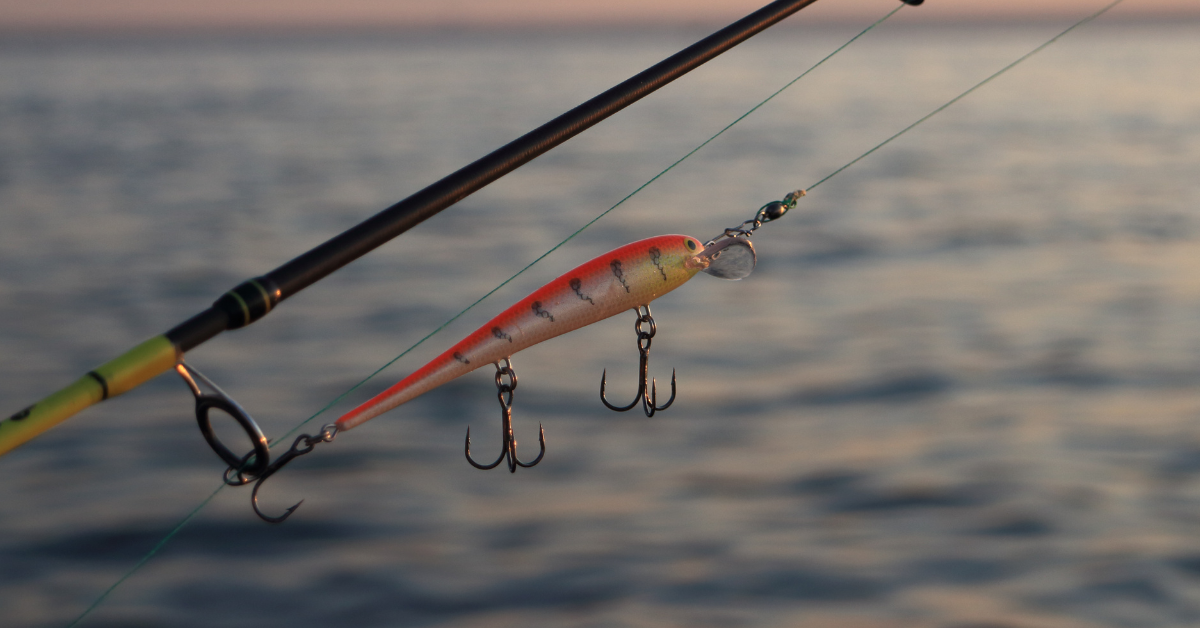
Location And Why Now?
You may be interested
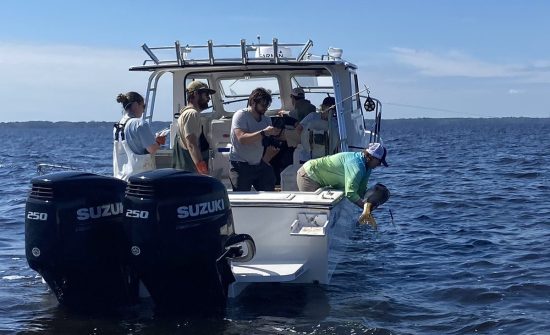
Satellite Tracking Study Aims To Unlock More Red Drum Secrets
Tim Wilson - April 8, 2025A pilot study tracking a popular saltwater fish was not expected to yield as much information as it did in its first year. When the North Carolina…
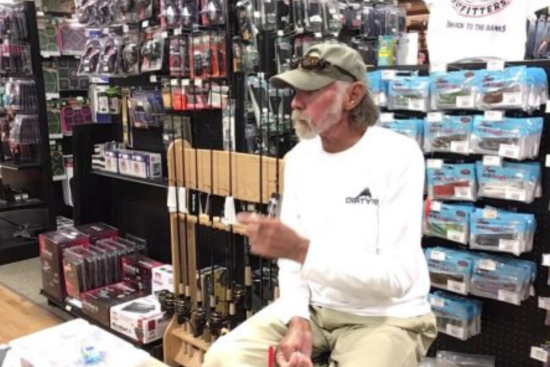
9 Things Fishing Guides Won’t Tell You
Tim Wilson - April 8, 2025We’re all amazed at how fishing guides nearly always know what to do and where to go to put fish in the boat. Most guides are fishing…
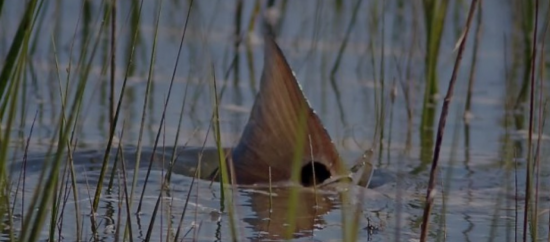
How the Moon Phase Impacts Inshore Fishing
Tim Wilson - April 3, 2025The late spring and early summer months are a time of the year when the inshore goes thru a transition period. It's when the fish come out…
Most from this category
